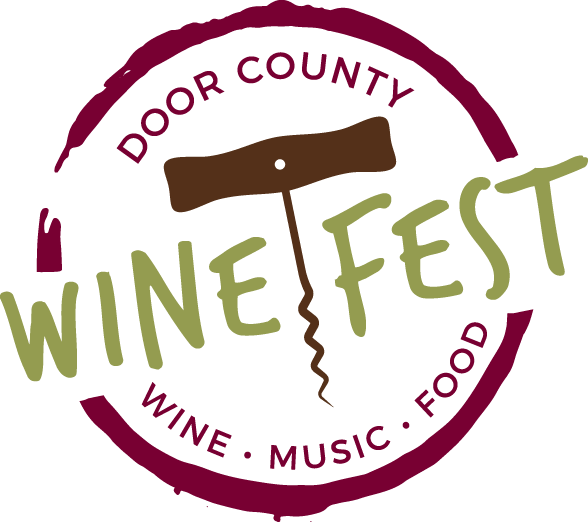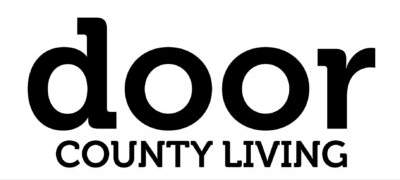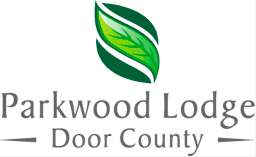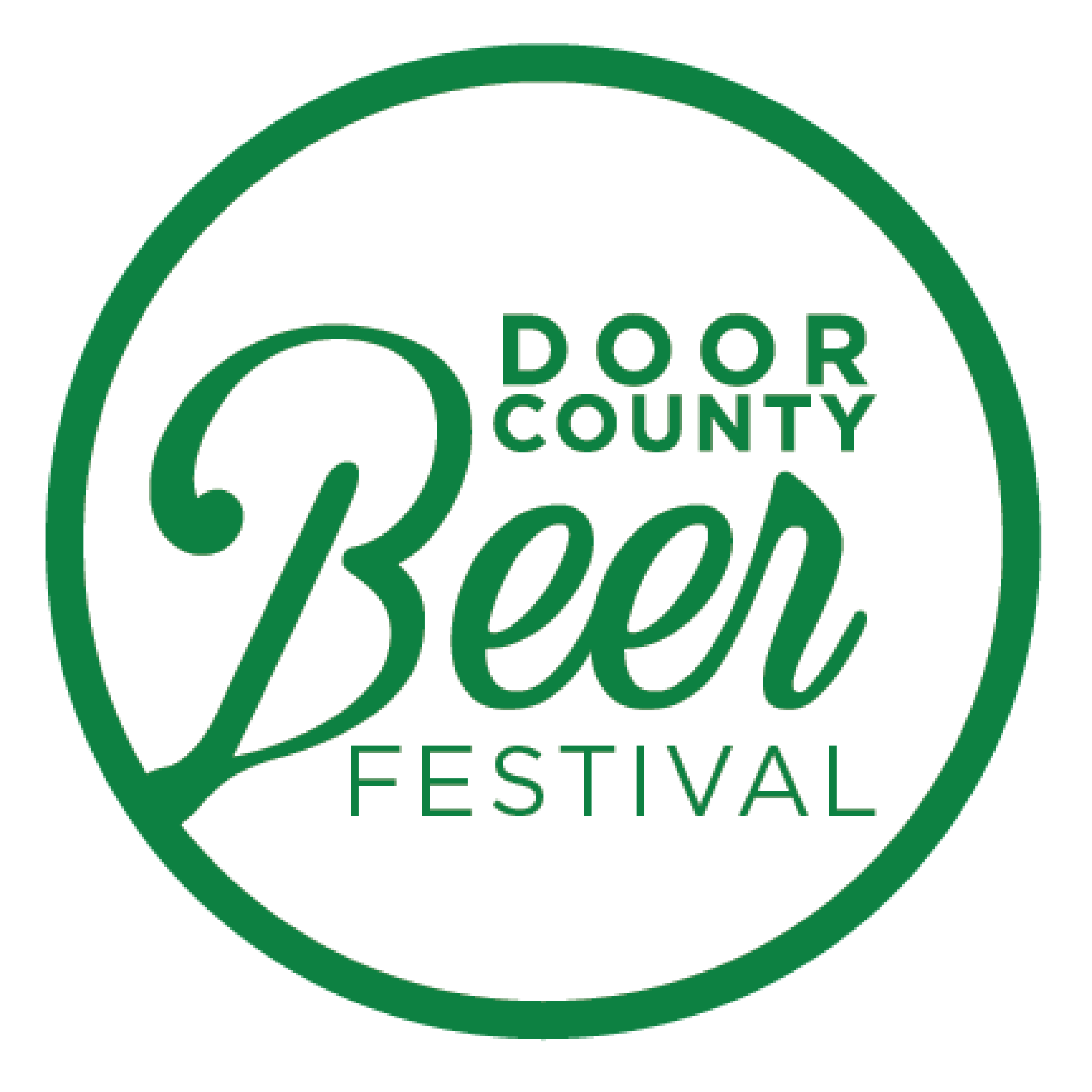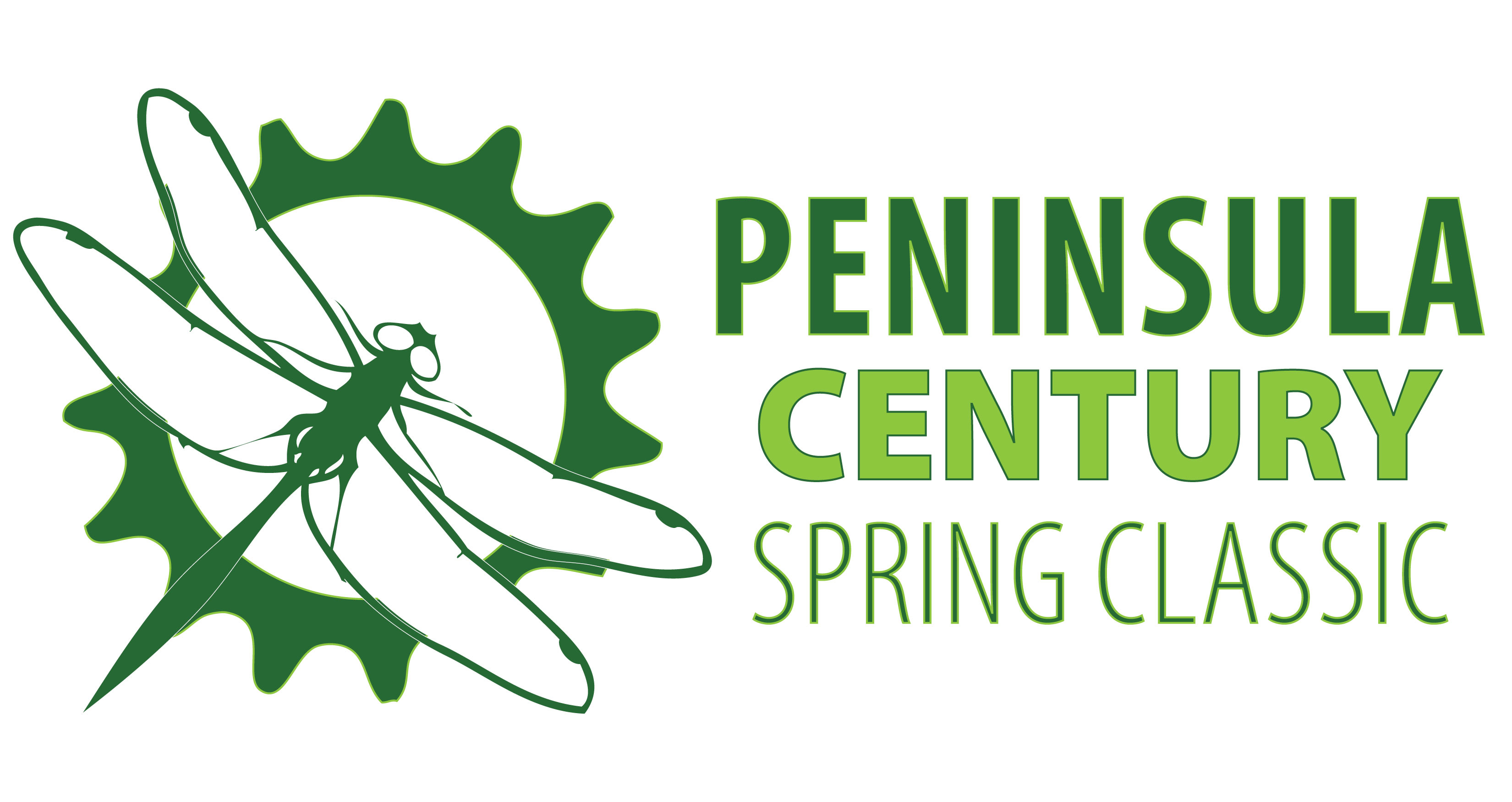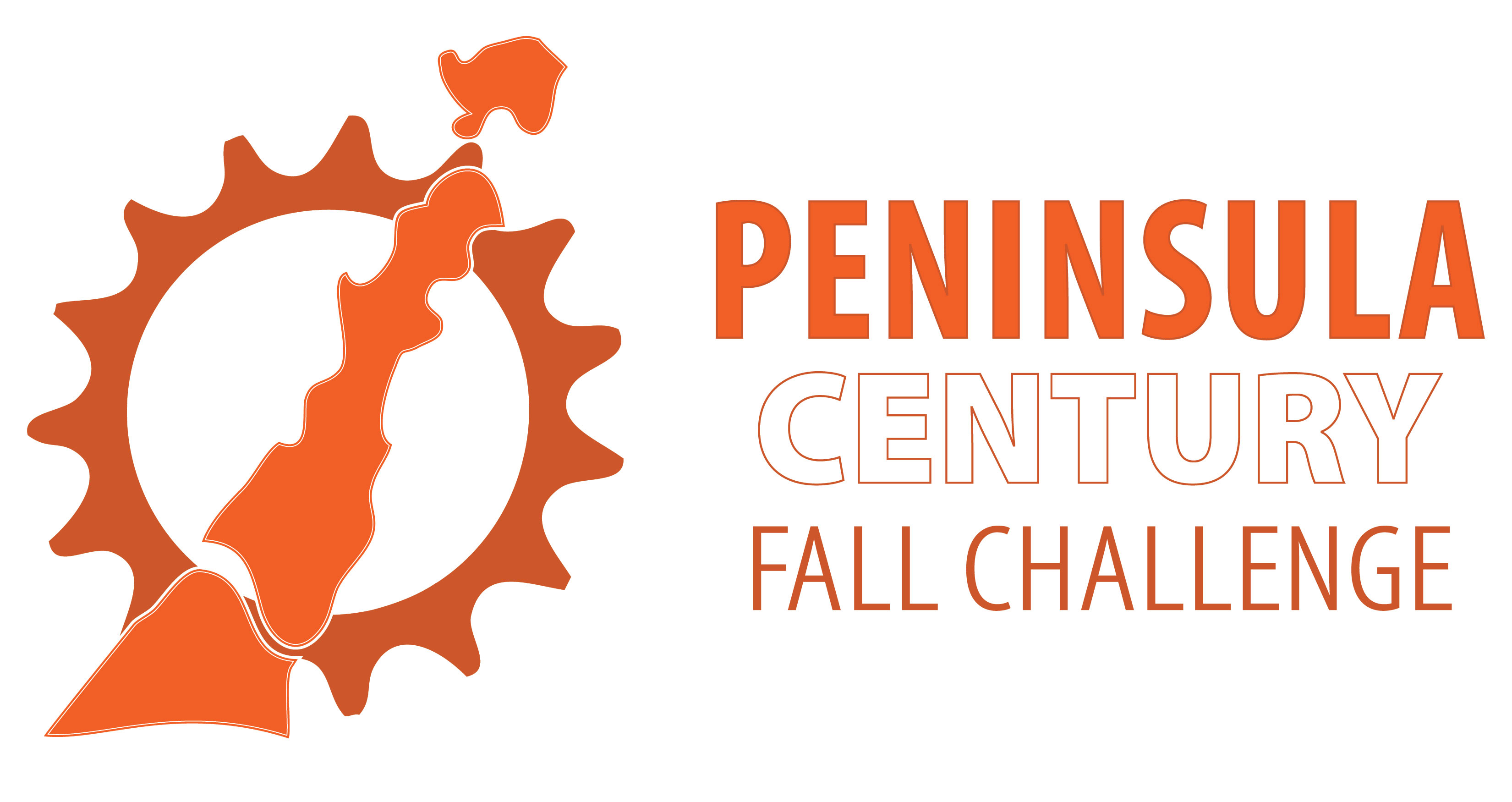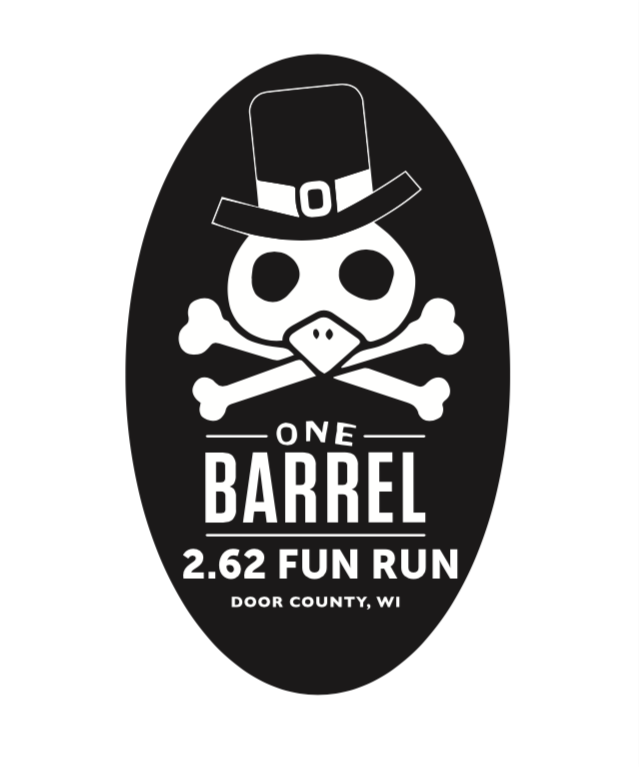by JIM SCHNAEDTER
In Door County, winter yields to spring grudgingly. Mid-March should be the onset of a new season, but on the Door peninsula, it remains late winter.
When Eric Gale, owner, grape grower, and winemaker at Anchored Roots winery, asked if I was interested in learning about grape vine pruning, I was anxious for a distraction.
I had been introduced to the concept that wine is made in the vineyard more so than the winery, but Eric was giving me my first tutorial in this concept.
Through my discussions with Door County winemakers, I have discovered that being a winemaker required an understanding and application of art and science, but being an excellent winemaker was driven by a higher calling. A belief that making wine was a holistic pursuit which required the synthesis of yearly vineyard preparation and planning, planting and pruning. Follow this with grape crushing, fermenting, aging, and bottling. And do it all with an emphasis on sustainability and minimal intervention with the natural process of grapes becoming wine.

The goal in each step of the process is balance between man and land, weather and grape, following techniques that allow the natural flavors, textures, and aromas to shine in the glass.
Eric explained that winter pruning is key. Before making any cuts to the vine, the grape grower needed to visualize how the shoot growth will develop, not only in the current growing season, but also in future years. I quickly realized how little I knew about winemaking.
The growth cycle of the grape vine – or vine phenology – determines the quality of each vintage and a grape growers pays close attention to his vines during the entire cycle. A good grape grower makes his decisions based on the phenological stage of the vine, scouting observations in the vineyard, and the weather. It’s never purely off a date on the calendar. Each season, each vintage, is unique and needs to be treated thusly. Dormant pruning typically begins after the coldest part of the winter has passed. On the Door peninsula, this means that most grape growers are sharpening their loppers and pruners sometime between late February or early March, but other forms of pruning continue throughout the growing season.

Each vintage begins with “bud break” where the new buds awaken after being dormant over the winter. The buds farthest from the trunk bud first and because of this are most vulnerable to a late frost – making them candidates for early pruning. Bud break is followed by bloom where the flowers appear on the new shoots and the grape clusters begin to form. During bloom, the grape grower determines the number of shoots allowed to produce clusters. The number of clusters on each plant is carefully considered with target vineyard yield in mind. Too many clusters increases total yield but decreases sugar concentration and quality. Too few clusters reduces yield.
The next step is called bunch closure, where the individual grape berries have swelled to the point they begin to touch each other and the recognizable grape cluster shape is achieved. In this step the grape grower prunes again looking for the ultimate ratio between cluster and vine and watching for signs of fungus, determining which fungicide to apply and when. Because of moisture and humidity, fungicide is one of the few chemical interventions needed when growing grapes.
The final pruning during the growing season focuses on eliminating shade on the clusters by removing excess shoots or leaves, allowing the grape clusters to finish ripening before the final stage, the harvest where the winemaker reaps the fruits of their labor.
That’s when the grape grower becomes the winemaker, concentrating his efforts in turning his grapes into wine.
Gale likes to “pull back the curtain” to the art and science of winemaking, allowing others to see and appreciate the numerous decisions a winemaker makes when processing their wine, and how each vintage is a representation of the growing season and the person who made it. That transparency leads to appreciation.
